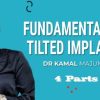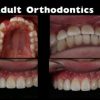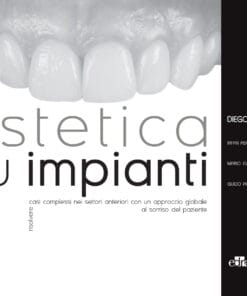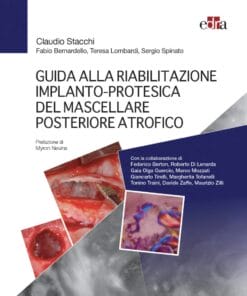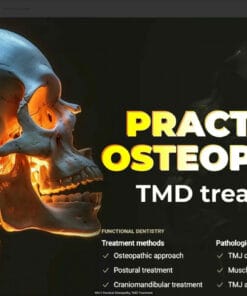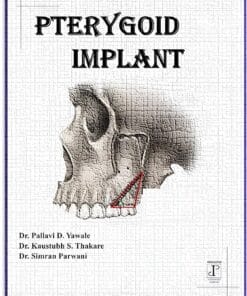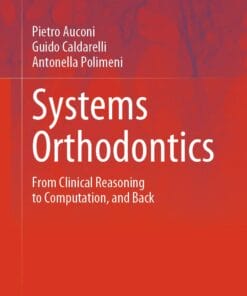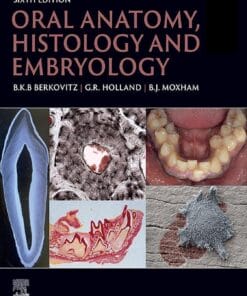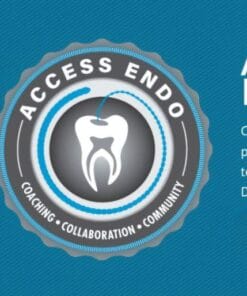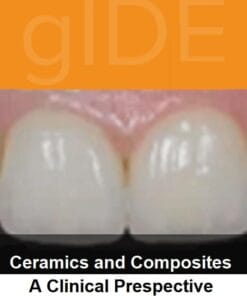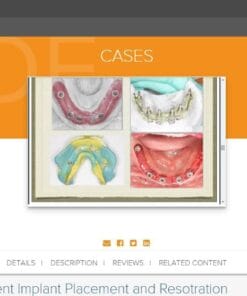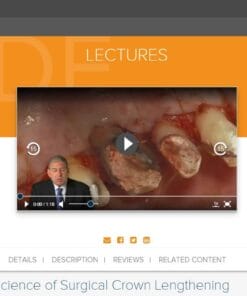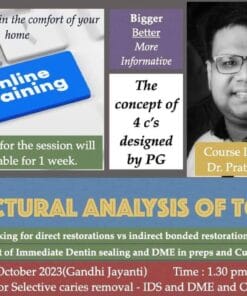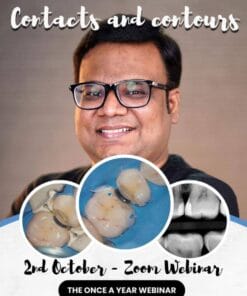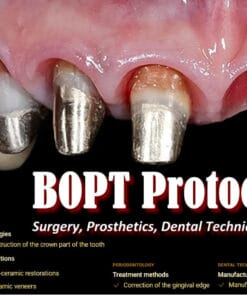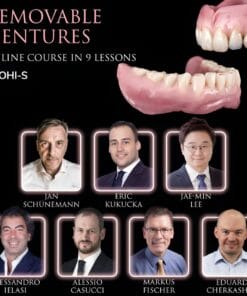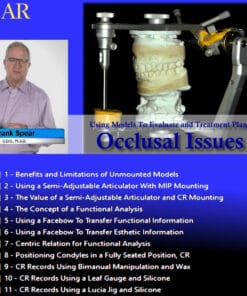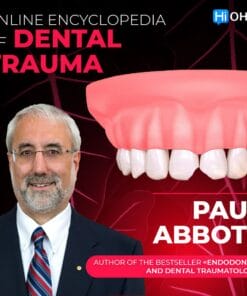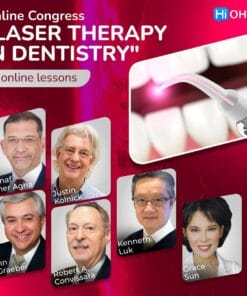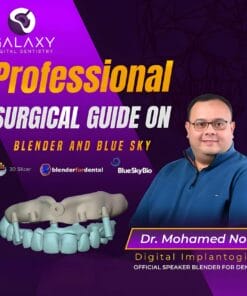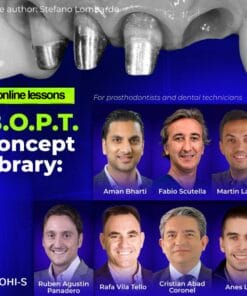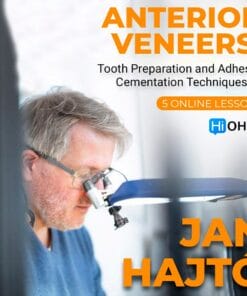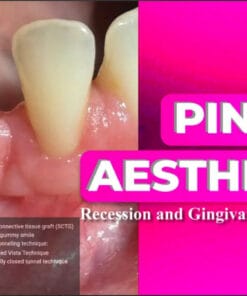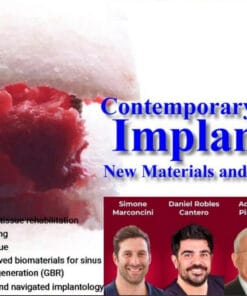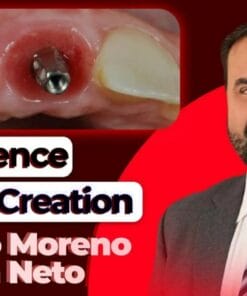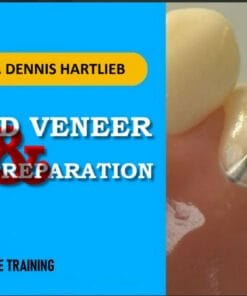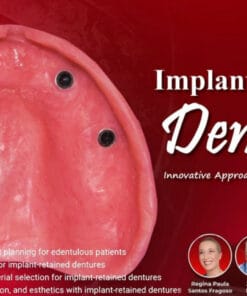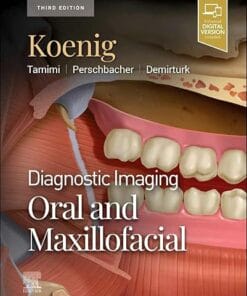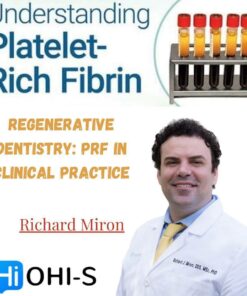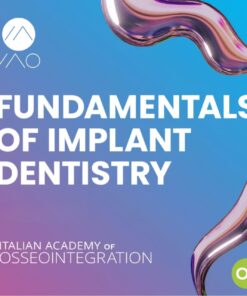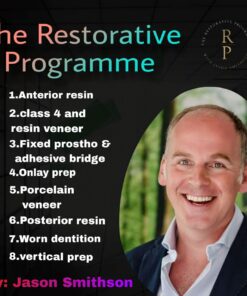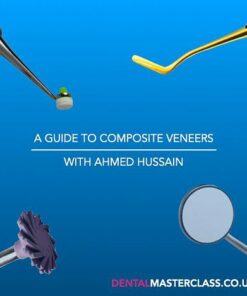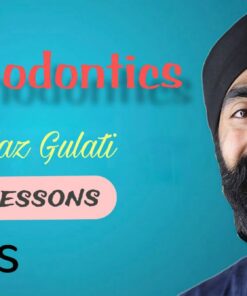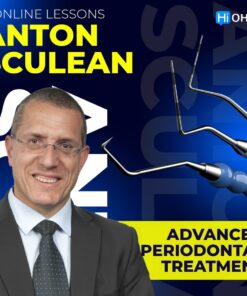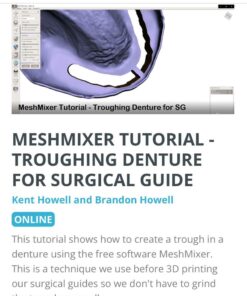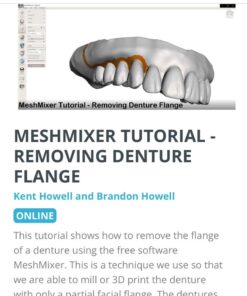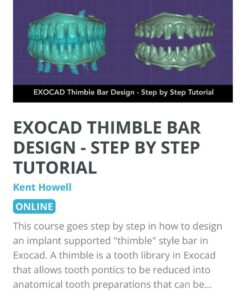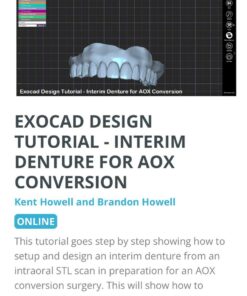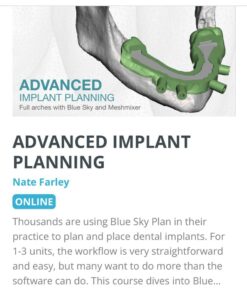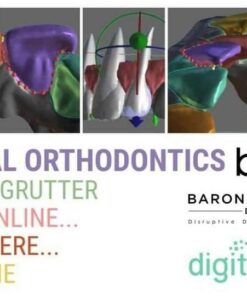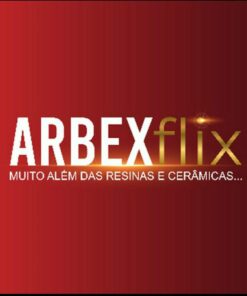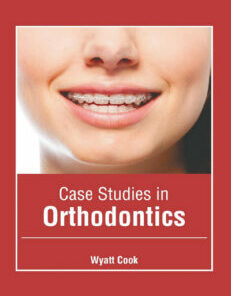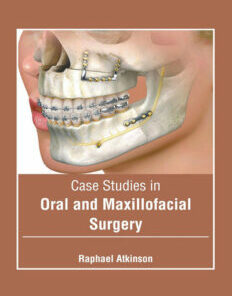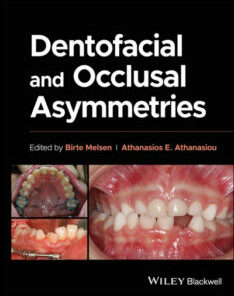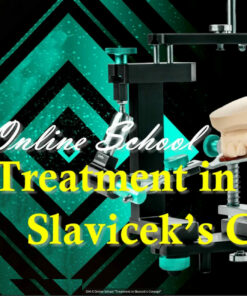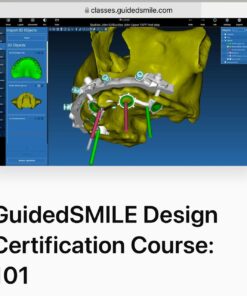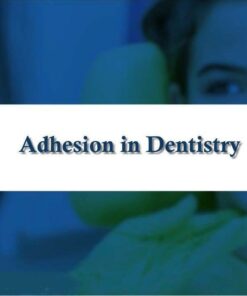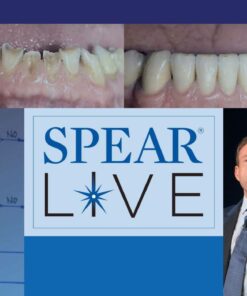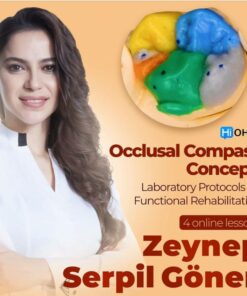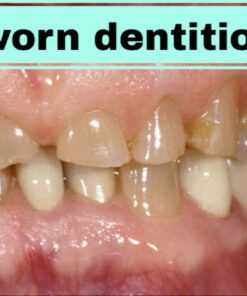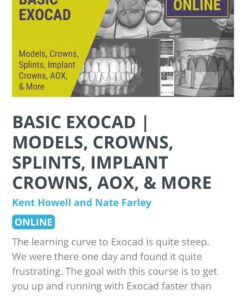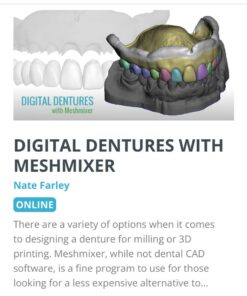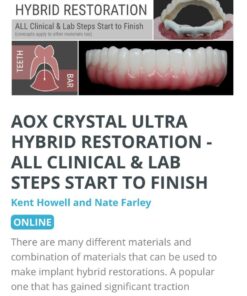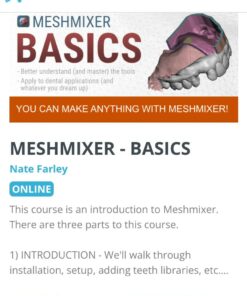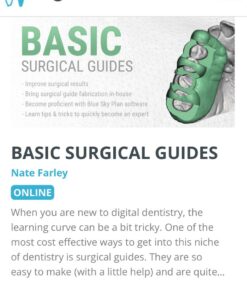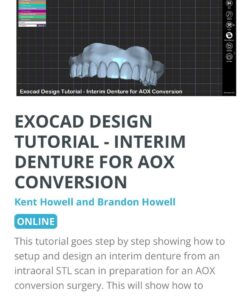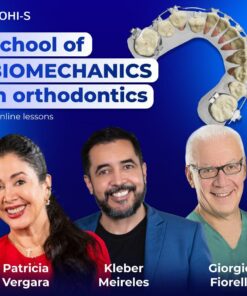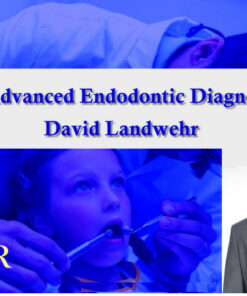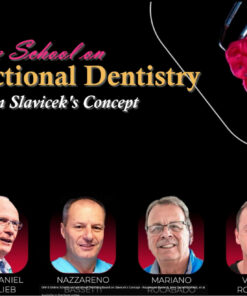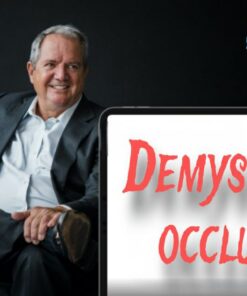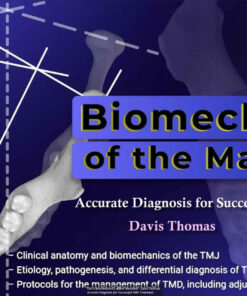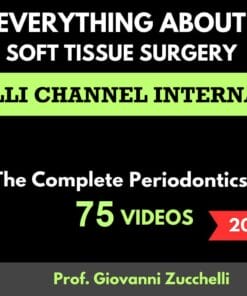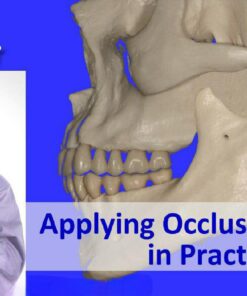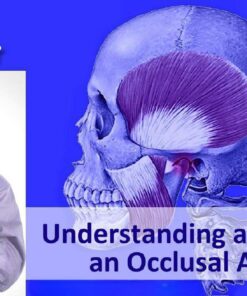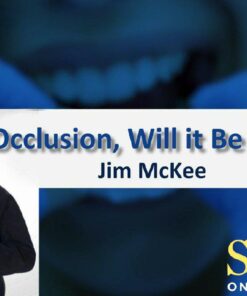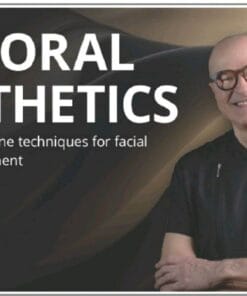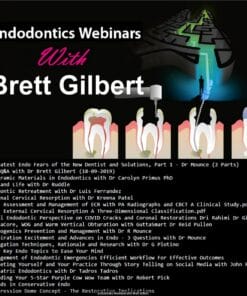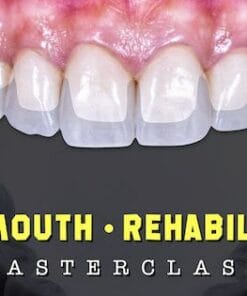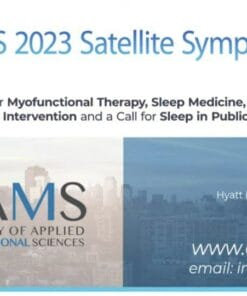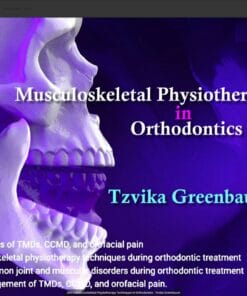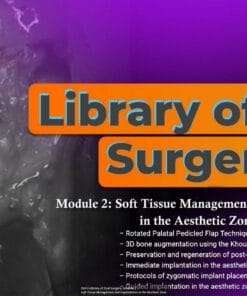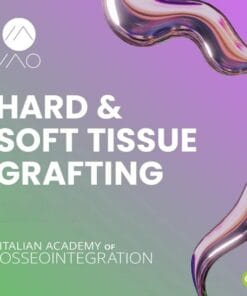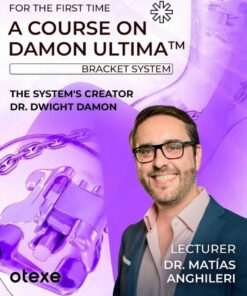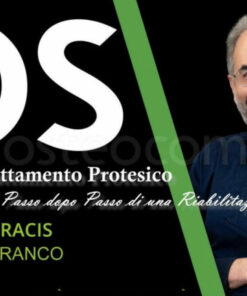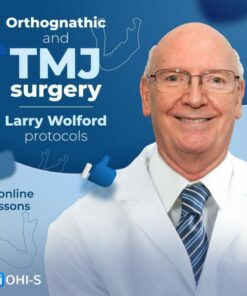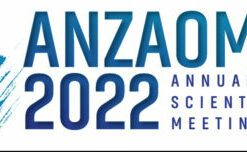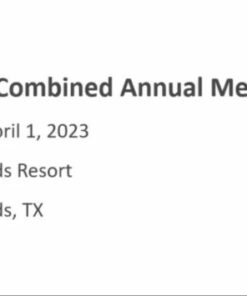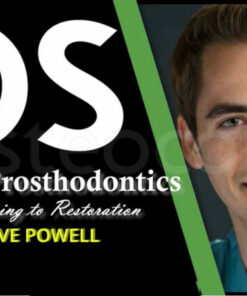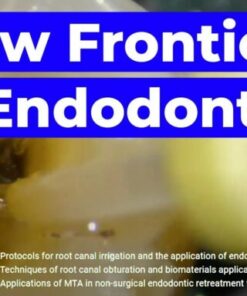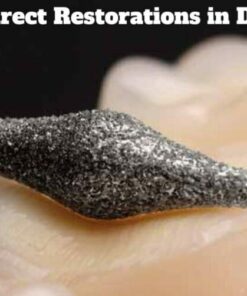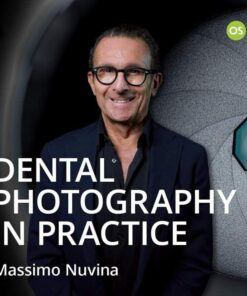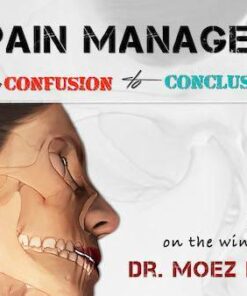Occlusal Architecture to Secure Orthodontic or Prosthodontic Treatments (OCTA Concept) – Jean Daniel Orthlieb (Course)
120 $
Occlusal Architecture to Secure Orthodontic
Occlusal Architecture to Secure Orthodontic or Prosthodontic Treatments (OCTA Concept) – Jean Daniel Orthlieb
If you are an orthodontist or prosthodontist seeking to enhance your knowledge of occlusion and its functions, the Occlusal Architecture to Secure Orthodontic or Prosthodontic Treatments (OCTA Concept) is the course for you. Led by Jean Daniel Orthlieb, a world-renowned expert in occlusion, this comprehensive course covers a wide range of topics related to occlusal function and dysfunction, diagnosis, and treatment planning.
The course is delivered in two parts, each consisting of 10 lectures, which cover various concepts such as the centric relation, reference plane, TMD diagnosis, and non-invasive and invasive treatment strategies. With detailed explanations and clear diagrams, this systematic and step-by-step approach will help you achieve predictable and stable outcomes.
Enrolling in this course can be a game-changer for your practice as you gain a deep understanding of occlusal problems and learn from one of the world’s leading experts in occlusion. Don’t miss out on this opportunity and enroll now in the Occlusal Architecture to Secure Orthodontic or Prosthodontic Treatments (OCTA Concept).
OCTA CONCEPT- OCCLUSAL ARCHITECTURE TO SECURE ORTHODONTIC OR PROSTHODONTIC TREATMENTS:
- The concept and definitions in occlusion
- Classification of occlusive functions and dysfunctions. Stability
- The centric relation
- Methods of registration of the centric relation
- Centering function of occlusion basic concepts
- Occlusion dysfunctions
- The main components of the OCTA concept
- Definition of the reference plane
- The concept of mandible reference position and the vertical dimension of occlusion
- Reposition of the mandible and determination of the VDO
- Choosing the position and inclination of anterior teeth
- Principles of reproduction of occlusal curves
- Features of the formation of the curve of Spee
- Formation of the curve of Wilson
- TMD definition. Mythbusting
- Errors in the diagnosis of TMD
- Diagnosis of articular forms of TMD
- Strategies for the treatment of TMD. Non-invasive treatment
- Invasive treatment. Emergency situations
- Working with occlusion in patients with TMD
Note: The course is delivered in two parts:
OCTA CONCEPT- OCCLUSAL ARCHITECTURE TO SECURE ORTHODONTIC OR PROSTHODONTIC TREATMENTS (1)
OCTA CONCEPT- OCCLUSAL ARCHITECTURE TO SECURE ORTHODONTIC OR PROSTHODONTIC TREATMENTS (2)
Related Products
Dental Ebook And Video
Guida alla riabilitazione implantoprotesica del mascellare posteriore atrofico pdf
Dental Ebook And Video
Oral Anatomy, Histology and Embryology, 6th edition (Original PDF from Publisher)
Dental Ebook And Video
gIDE ondemand lectures – Edentulous Patient Implant Placement and Restoration
Dental Ebook And Video
gIDE ondemand lectures – The Art and Science of Surgical Crown Lengthening
Dental Ebook And Video
Structural Analysis of Tooth – The Concept of 4 C’s by Dr. Pratiek Gupta
Dental Ebook And Video
SPEAR Using Models To Evaluate and Treatment Plan Occlusal Issues – Frank Spear
Dental Ebook And Video
B.O.P.T. сoncept encyclopedia. For prosthodontists and dental technicians
Dental Ebook And Video
Precision in Laminate Ceramic Veneers: Tooth Preparation and Adhesive Cementation Techniques
Dental Ebook And Video
OHI-S Contemporary Advances in Implantology New Materials and Updated Protocols
Dental Ebook And Video
Tomorrow Tooth & OHI-S The 6 Elements of Orofacial Harmony – Lawrence F. Andrews
Dental Ebook And Video
OHI-S Implant-Retained Dentures Innovative Approach to Full-Arch Prosthetics
Dental Ebook And Video
RBB MasterClass,How to Succeed with Resin Bounded Bridges-Jazz Gulati
Dental Ebook And Video
Dental Ebook And Video
OHI-S Centric Relation, all Methods of Registration & Clinical Application
Dental Ebook And Video
Dental Ebook And Video
OHI-S Occlusal Compass Concept: Laboratory Protocols for Functional Rehabilitation
Dental Ebook And Video
AOX Crystal Ultra Hybrid Restoration: All Clinical & Lab Steps Start to Finish
Dental Ebook And Video
Dental Ebook And Video
Innovative Dental Marketing Ideas to Grow Your Practice – Gayle Reynolds
Dental Ebook And Video
OHi-S Biomechanics of the Mandible – Davis Thomas Accurate Diagnosis for Successful TMD Treatment
Dental Ebook And Video
Dental Ebook And Video
FMR – Full Course – Dr. Moez Khakiani (New online version with 2024 updates)
Dental Ebook And Video
OHI-S Musculoskeletal Physiotherapy Techniques in Orthodontics – Tzvika Greenbaum
Dental Ebook And Video
Dental Ebook And Video
Digital Hybrids for Dentists and Technicians Enjoy Tutorials with Exocad
Dental Ebook And Video
OTEXE A Course on Damon Ultima: Bracket System: The System’s Creator Dr.Dwight Damon
Dental Ebook And Video
Southwest Society of Oral and Maxillofacial Surgeons Combined Annual Meeting 2023
Dental Ebook And Video
Osteocom Implant Prosthodontics, from Planning to Restoration – David Powell


